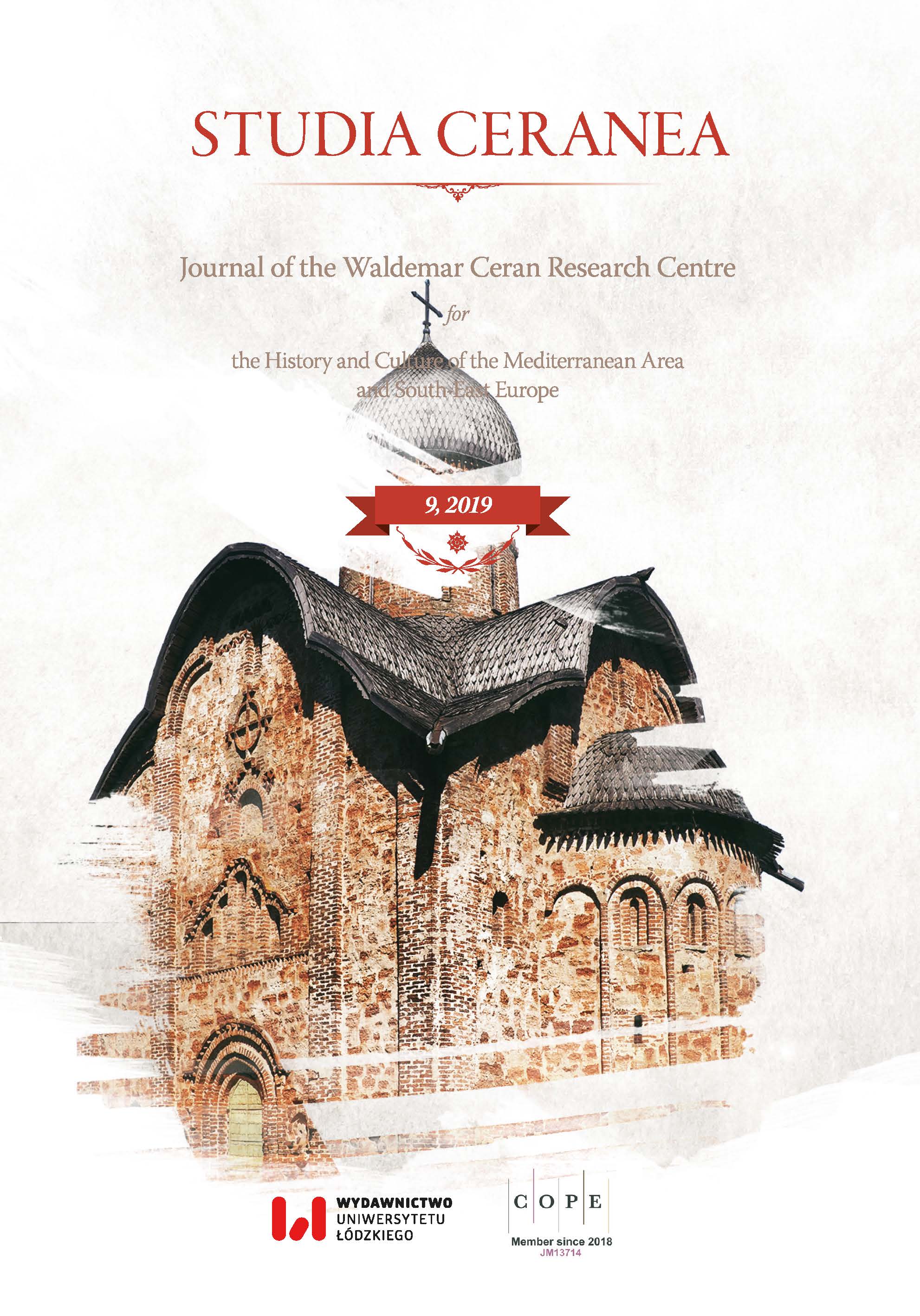Understanding the Use of Byzantine Routes in Central Anatolia (ca. 7th–9th Centuries)
Understanding the Use of Byzantine Routes in Central Anatolia (ca. 7th–9th Centuries)
Author(s): Tülin KayaSubject(s): Archaeology, Economic history, 6th to 12th Centuries
Published by: Wydawnictwo Uniwersytetu Łódzkiego
Keywords: Byzantine routes; central Anatolia; Early/Middle Byzantine Anatolia; transformation; continuity
Summary/Abstract: This paper mainly focuses on the impact of the change in the political equilibrium in the East caused by the effects of the Arab invasions on the main communication routes in Byzantine Central Anatolia. Beginning in the 640s and continuing for over 150 years, these incursions had an impact on the ways in which major routes in and through the new frontier zone were used, reflecting in part the fact that during this period the Taurus mountain range constituted the natural frontier between the Byzantines and the Arabs. The main communication routes in Central Anatolia, which lie on the northwest-southeast axis, were of importance in terms of the changing role of the main urban centres established along them, since Arab attacks were directed at both major and minor urban and fortified centres in Central Anatolia, as the Byzantine and Arab sources mention. Although the main centres such as Ancyra and Dorylaion were affected by the attacks, these and most other major cities continued to exist throughout the period in question. In this regard, the continued existence of such centres determined the ways in which the major routes of communication were used. A study of the changes in the role and functions of the cities in central Anatolia may thus help to understand the use of the main routes, based on the archaeological, i.e. building structures, ceramics, etc., and textual evidence, including that from narrative sources.
- Issue Year: 2019
- Issue No: 9
- Page Range: 259-278
- Page Count: 20
- Language: English

